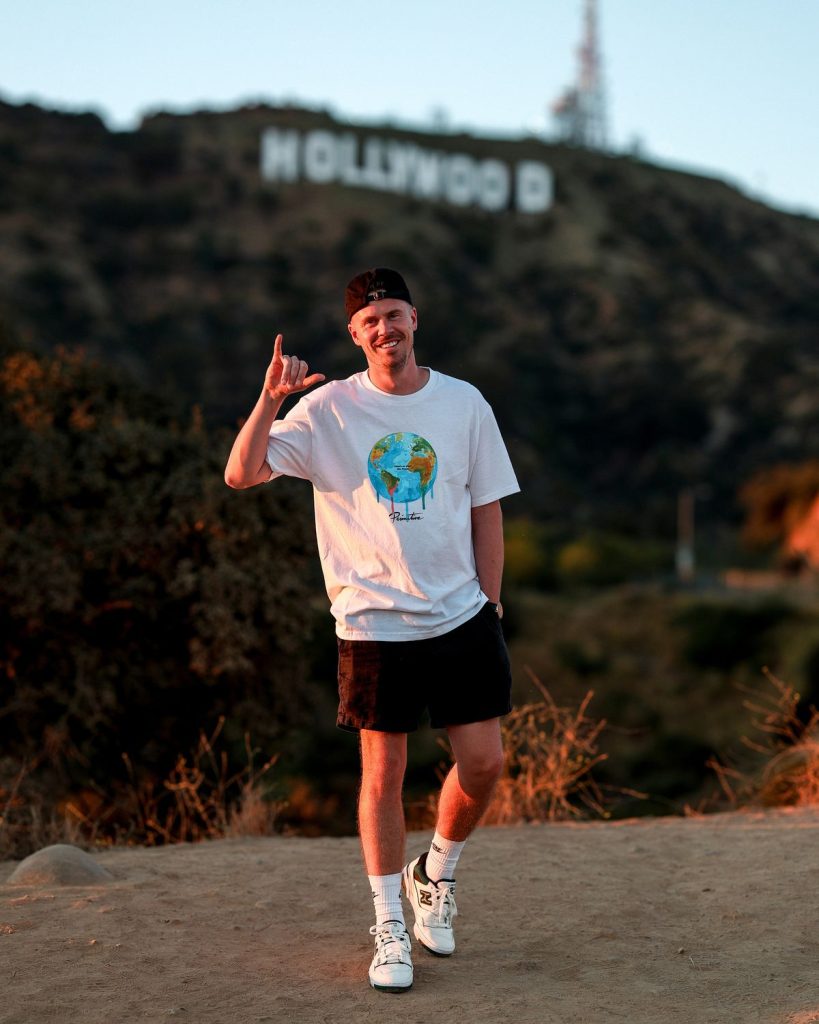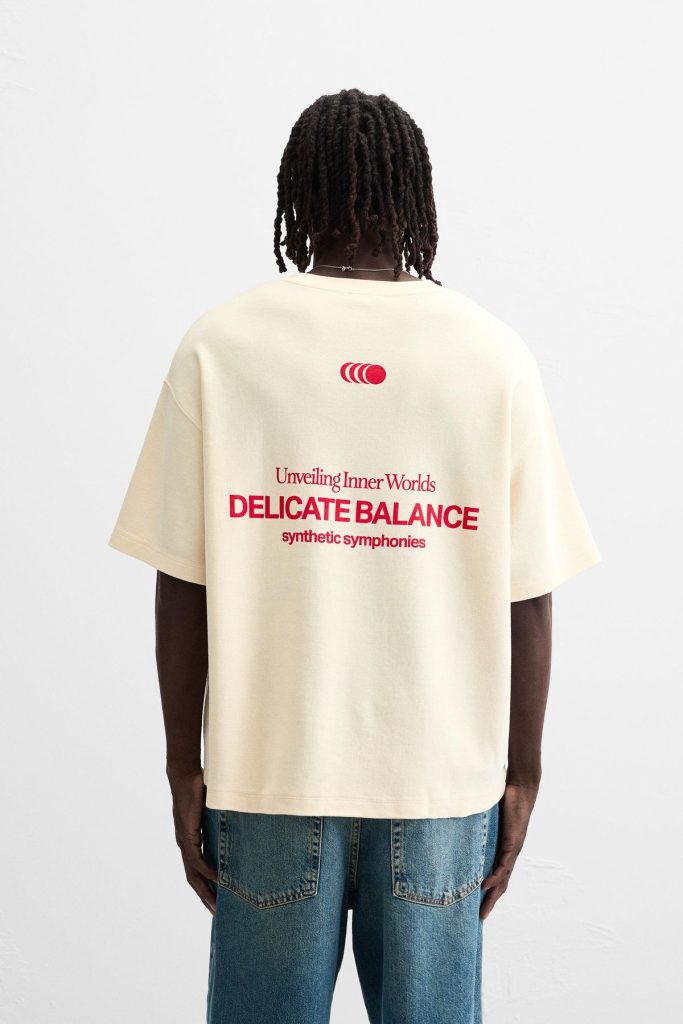Introduction
Few garments symbolize comfort and casual wear quite like shorts. Once considered improper outside of sports or childhood play, shorts have evolved into one of the most versatile pieces in modern wardrobes. From denim cut-offs to tailored Bermuda shorts, from athletic basketball shorts to luxury designer pieces, shorts have gone through a remarkable transformation in fashion history.
This article will trace the evolution of shorts — from their functional origins to their role as a fashion statement. We’ll also explore how different styles of shorts reflect cultural shifts, gender dynamics, and the blending of functionality with style in today’s fashion landscape.
Origins: Shorts as Function-Driven Garments
Historically, shorts were not always seen as fashionable. In the early 20th century, men and boys wore short trousers primarily for practicality and physical activity. In many cultures, adult men wearing shorts was considered inappropriate — shorts were for boys, while men wore full-length trousers to signify maturity.
The first widespread acceptance of shorts for adults came through sports and the military. Soldiers in tropical climates wore shorts as part of their uniforms due to heat. Similarly, athletes in tennis, track, and basketball adopted shorts for ease of movement.
During the 1930s–40s, shorts began to enter leisurewear, especially in warm-weather resorts. Tourists in places like California and the French Riviera popularized shorts as vacation wear, though they were still often seen as informal and unsuitable for city life.
The 1950s–60s: Leisurewear and the Rise of Casual Dressing
The mid-20th century brought cultural changes that allowed shorts to enter mainstream fashion. Post-war optimism and the rise of suburban leisure culture gave people more opportunities for casual dressing.
- Bermuda Shorts: Inspired by British military uniforms in hot climates, Bermuda shorts gained popularity as a modest yet stylish option. Worn with knee socks and blazers, they offered a preppy, semi-formal appeal.
- Denim Shorts: Cut-off jeans became popular among youth, particularly in the U.S. They symbolized rebellion and freedom, especially in contrast to the conservative fashion of earlier decades.
- Women’s Fashion: By the 1960s, women embraced shorts as part of the broader liberation movement. High-waisted tailored shorts, paired with blouses or crop tops, became trendy summer staples.
This was the era when shorts transitioned from being exclusively functional to being associated with leisure, freedom, and style.
The 1970s–80s: Athletic Influence and Streetwear Roots
The 1970s and 80s witnessed a major turning point in shorts fashion, thanks to sports and pop culture.
- Basketball Shorts: In the NBA and playgrounds, shorts evolved from mid-thigh cuts to the longer, looser silhouettes of the 1980s. This change would later influence streetwear culture.
- Running Shorts: Made with nylon and featuring side slits, running shorts became iconic of the fitness craze of the 70s and 80s. They symbolized the era’s obsession with health and athleticism.
- Casual Shorts in Youth Culture: Surf and skateboarding communities adopted shorts as practical, laid-back staples. California surf shorts, often brightly patterned, spread globally as a cool, carefree look.
During these decades, shorts cemented their position as symbols of active, youthful lifestyles — no longer confined to sports but tied to identity and subculture.
The 1990s: Baggy Shorts and Street Culture
If the 80s introduced longer shorts, the 1990s exaggerated them. Oversized, baggy shorts became a hallmark of hip-hop and skate culture. Worn with oversized T-shirts, hoodies, and sneakers, they symbolized rebellion against traditional dress codes.
Denim shorts also exploded in popularity, with grunge subculture favoring distressed, frayed versions. Women embraced both high-waisted denim cutoffs and cycling shorts, popularized by celebrities like Princess Diana and later the Spice Girls.
The 90s was a decade when shorts were no longer just summer staples — they were cultural statements tied to music, sport, and lifestyle.
The 2000s: Diversity of Styles
The early 2000s brought an explosion of shorts styles, catering to diverse fashion tastes:
- Cargo Shorts: With multiple pockets, cargo shorts became a utilitarian trend, especially among men. Though later mocked for their bulkiness, they symbolized practicality and casual cool.
- Tailored Shorts: As fashion blurred the line between casual and formal, designers introduced sleek, structured shorts that could be worn with blazers or button-downs.
- Short Shorts: For women, extremely short denim cutoffs and low-rise shorts became trendy, especially in festival fashion.
- Athleisure Shorts: Influenced by sportswear, gym shorts and sweatshorts became acceptable casualwear outside of the gym.
This era proved that shorts could be endlessly adapted, from polished city outfits to relaxed beach looks.
The 2010s: Streetwear and High Fashion Merge
By the 2010s, shorts were no longer limited to casual or athletic wear — they entered high fashion runways.
- Designer Shorts: Brands like Louis Vuitton, Gucci, and Off-White incorporated shorts into luxury collections, elevating them with premium fabrics and bold designs.
- Streetwear Staples: Basketball shorts, mesh shorts, and sweatshorts became essential in streetwear culture. Worn with oversized tees, sneakers, and hoodies, they symbolized urban style.
- Festival Fashion: Denim cutoffs, crochet shorts, and high-waisted silhouettes dominated music festivals like Coachella, merging bohemian and streetwear aesthetics.
- Gender Fluidity: More women wore oversized men’s shorts, while men experimented with shorter, tailored versions. Shorts became a playground for challenging gender norms.
Shorts Today: The Era of Endless Possibility
In the 2020s, shorts reflect the diversity of modern fashion. No single style dominates — instead, multiple aesthetics coexist.
- Minimalist Basics: Neutral sweatshorts and tailored shorts, often in muted tones, dominate minimalist wardrobes.
- Streetwear Influence: Mesh basketball shorts and oversized styles remain popular, especially among younger generations.
- Sustainable Shorts: Eco-friendly fabrics, recycled denim, and slow-fashion approaches shape conscious consumer choices.
- Luxury Crossovers: Designer brands continue to elevate shorts with premium cuts, fabrics, and collaborations.
What’s notable today is how shorts effortlessly move between casual, sporty, and chic. A pair of shorts can be worn with sneakers and a hoodie for a laid-back vibe, or styled with loafers and a blazer for a smart-casual outfit.
Styling Shorts: From Beach to Runway
The versatility of shorts lies in how they can be styled across settings:
- Casual Day Out: Denim shorts with a graphic tee and sneakers.
- Smart-Casual: Tailored shorts with loafers, button-up shirt, or blazer.
- Streetwear Fit: Oversized basketball shorts, hoodie, and chunky sneakers.
- Vacation Look: Linen shorts with an open-collared shirt and sandals.
- Festival Style: Distressed denim shorts, boots, and statement accessories.
Cultural Significance of Shorts
Beyond fashion, shorts represent cultural and generational shifts:
- Rebellion: Once considered improper, wearing shorts became a form of defiance against traditional dress codes.
- Youthfulness: Shorts have long been associated with energy, playfulness, and casual freedom.
- Gender Expression: Shorts reflect how men and women challenge expectations of modesty, body image, and style.
- Global Influence: From Caribbean resort wear to American streetwear, shorts adapt to regional climates and cultural identities.
Sustainability and the Future of Shorts
As with all garments, the future of shorts depends on sustainability. The denim industry’s water usage, fast fashion’s overproduction, and synthetic fabrics’ environmental impact push the industry to adapt.
Future shorts trends likely include:
- Recycled Fabrics (recycled polyester mesh shorts, repurposed denim).
- Modular Designs (convertible shorts that can change length or style).
- Slow Fashion (investment in fewer, high-quality pairs that last years).
Conclusion
The evolution of shorts reflects more than just a change in hemlines. Shorts tell the story of freedom, cultural rebellion, gender equality, and the merging of function with fashion. From military uniforms to basketball courts, from luxury runways to streetwear drops, shorts have become a wardrobe essential for all genders and ages.
Today, shorts embody versatility and self-expression. Whether you’re rocking denim cutoffs at a festival, tailored Bermudas in the city, or oversized basketball shorts in a streetwear fit, one thing is clear: shorts are no longer just practical garments — they are powerful style statements.



